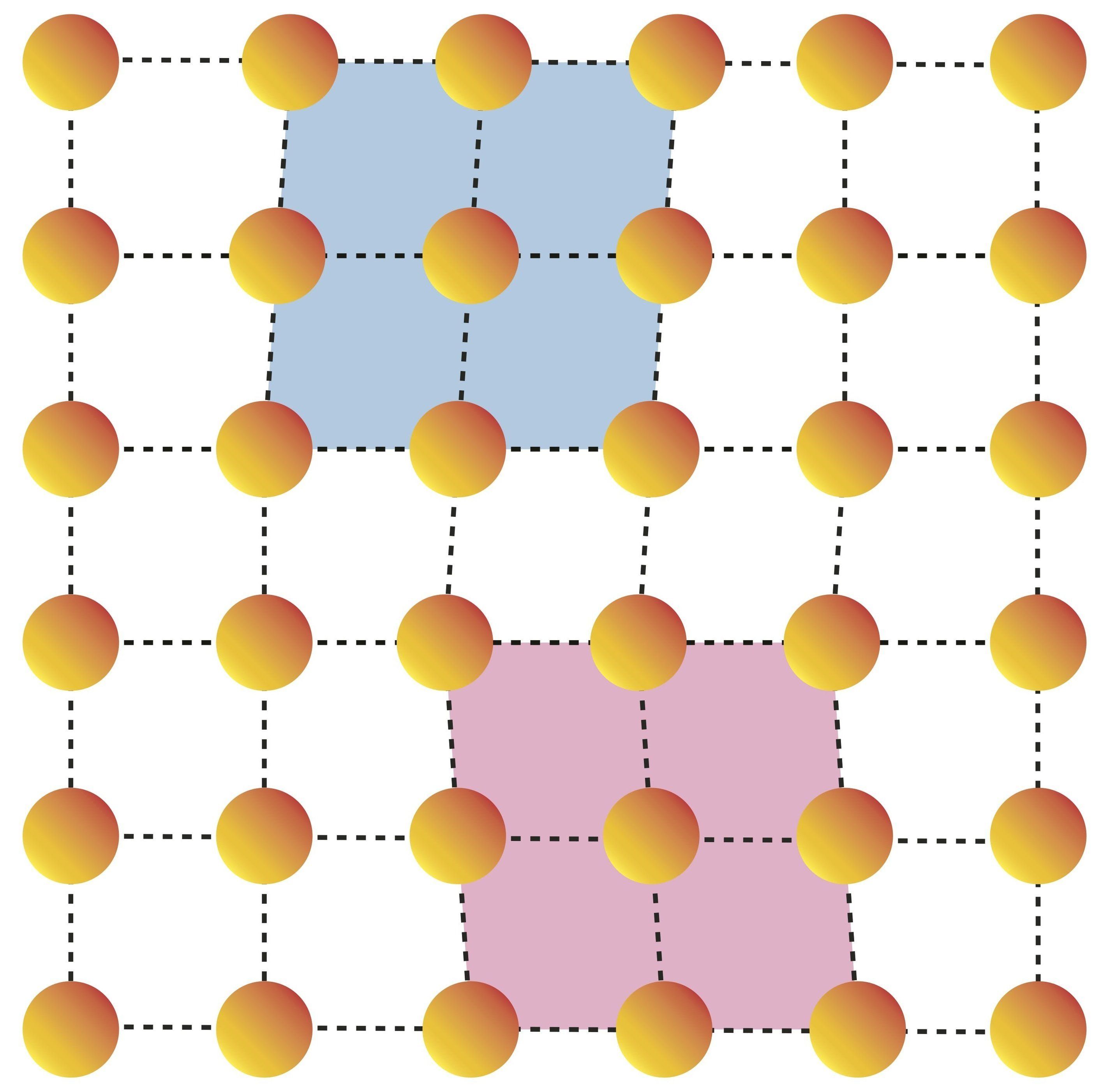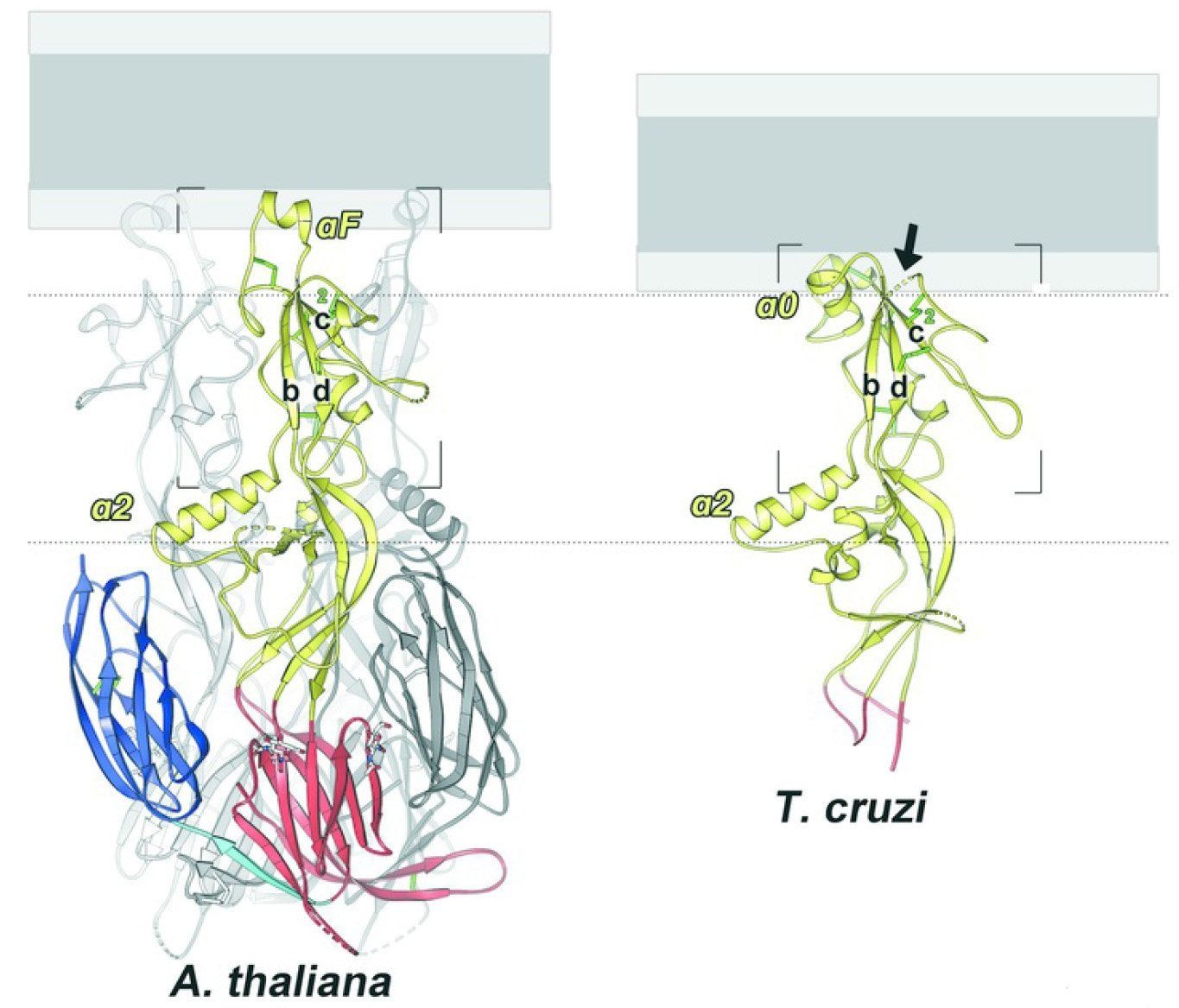These soft robot spiders could change how doctors perform surgery.
Get the latest international news and world events from around the world.

WWII destroyed optical observatory, Ermita, Manila, Philippines, July 8, 1945
The astronomical observatory was founded by the Jesuits during the Spanish occupation and later transferred to the Philippine Commonwealth Weather Department. This was adjacent to the University of the Philippines campus of today south of Luneta Park. The observatory had a 19-inch refracting telescope, by far the largest in the Orient. The staff of the observatory includes five Jesuit fathers and twenty-five well-trained native assistants. The construction of a 19-inch refracting telescope and dome was in 1897.
US signal corps photo, US national archives.

Diving Into That Lake on Mars
Who’s up for a swim?
Our world was rocked by last week’s announcement of good radar evidence for a liquid water “lake” under the Red Planet’s south pole. Senior Editor Emily Lakdawalla introduces us to the story that is then taken up by two of host Mat Kaplan’s favorite Martians. The Goddard Space Flight Center’s James Garvin headed NASA’s Mars exploration program, while NASA Ames astrobiologist Chris McKay co-founded the Mars Underground more than 35 years ago. Look up! Mars is still close by, and the Perseid meteor shower is around the corner. Bruce Betts gives us the What’s Up lowdown.
The History of Artificial Intelligence
This video was made possible by Brilliant. Be one of the first 200 people to sign up with this link and get 20% off your premium subscription with Brilliant.org! https://brilliant.org/singularity
Artificial intelligence has been a topic of growing prominence in the media and mainstream culture since 2015, as well as in the investment world, with start-ups that even mention the word in their business model, gaining massive amounts of funding.
While to many, the hype around AI may appear sudden, the concepts of modern artificial intelligence have been around for over a century and extending further, the concept of artificial intelligence and artificial beings have been in the minds of humans for thousands of years.
To better understand and appreciate this technology and those who brought it to us as well as to gain insight into where it will take us: sit back, relax and join me in an exploration on the history of artificial intelligence.
Thank you to the patron(s) who supported this video ➤
Wyldn pearson collin R terrell kiyoshi matsutsuyu

Engineers teach a drone to herd birds away from airports autonomously
Engineers at Caltech have developed a new control algorithm that enables a single drone to herd an entire flock of birds away from the airspace of an airport. The algorithm is presented in a study in IEEE Transactions on Robotics.
The project was inspired by the 2009 “Miracle on the Hudson,” when US Airways Flight 1549 struck a flock of geese shortly after takeoff and pilots Chesley Sullenberger and Jeffrey Skiles were forced to land in the Hudson River off Manhattan.
“The passengers on Flight 1549 were only saved because the pilots were so skilled,” says Soon-Jo Chung, an associate professor of aerospace and Bren Scholar in the Division of Engineering and Applied Science as well as a JPL research scientist, and the principal investigator on the drone herding project. “It made me think that next time might not have such a happy ending. So I started looking into ways to protect airspace from birds by leveraging my research areas in autonomy and robotics.”

Jupiter’s moons create invisible ‘killer’ waves that could destroy spacecraft
Here on Earth, electromagnetic waves around the planet are typically pretty calm. When the Sun fires a burst of charged particles at the Earth we are treated to an aurora (often called Northern Lights), but rarely are they a cause for concern. If you were to head to Jupiter, however, things would change dramatically.
In a new study published in Nature Communications, researchers describe the incredible electromagnetic field structure around two of Jupiter’s moons: Europa and Ganymede. The invisible magnetic fields around these bodies is being powered by Jupiter’s own magnetic field, and the result is an ultra-powerful particle accelerator of sorts, which might be capable of seriously damaging or even destroying a spacecraft.
“Chorus waves” are low-frequency electromagnetic waves that occur naturally around planets, including Earth. Near our planet they’re mostly harmless, but they do have the capability to produce extremely fast-moving “killer” particles that could cause damage to manmade technology if we happened to be in the wrong place at the wrong time.



Physicists find surprising distortions in high-temperature superconductors
There’s a literal disturbance in the force that alters what physicists have long thought of as a characteristic of superconductivity, according to Rice University scientists.
Rice physicists Pengcheng Dai and Andriy Nevidomskyy and their colleagues used simulations and neutron scattering experiments that show the atomic structure of materials to reveal tiny distortions of the crystal lattice in a so-called iron pnictide compound of sodium, iron, nickel and arsenic.
These local distortions were observed among the otherwise symmetrical atomic order in the material at ultracold temperatures near the point of optimal superconductivity. They indicate researchers may have some wiggle room as they work to increase the temperature at which iron pnictides become superconductors.

Research reveals molecular details of sperm-egg fusion
The fusion of a sperm cell with an egg cell is the very first step in the process that leads to new individuals in sexually reproducing species. Fundamental as this process may be, scientists are only now beginning to understand the complexities of how it works.
In a paper published in PLOS Biology, researchers have described the detailed structure of proteins that enable sperm-egg fusion in two different species: a flowering plant and a protozoan. The researchers hope that revealing the process in these species and their relatives might bring scientists a step closer to understanding it across sexual species, including humans and other vertebrates.
“It’s surprising to me that we still don’t know how a human sperm fuses with a human egg,” said Mark Johnson, an associate professor of biology at Brown University and a study co-author. “One of the things we hope this paper will do is establish a structural signature for the proteins that make gamete fusion work in these species so that we might be able to look for it in species where those protein mechanisms are still unknown.”